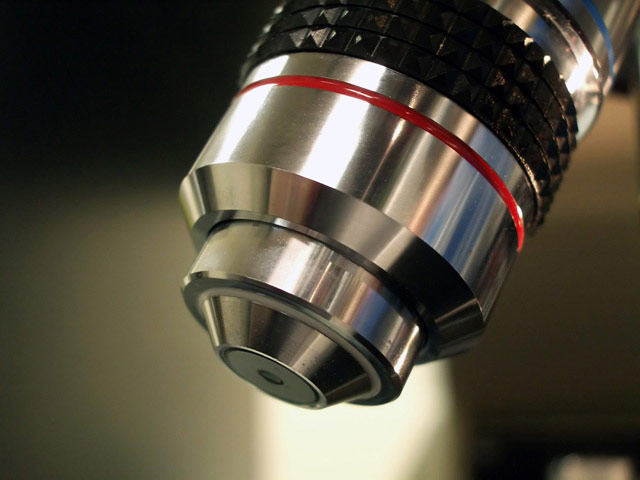Key Protein Linked to Nerve Disorders Identified

A key protein that could aid in the treatment of diseases such treatment of diseases such as multiple sclerosis and other neuropathies has been identified, scientists announced today
The protein, known as Par-3, is involved in the formation of the protective sheath covering the long extension of nerve cells.
This discovery could have a major impact on the treatment of conditions that occur as a result of demyelination.
Myelin, the white matter that coats all nerves, allows long-distance communication in the nervous system.
At a basic level, the nervous system functions like a collection of wires that transmit electrical signals encoding our thoughts, feelings, and actions. Just as an electrical wire needs insulation, myelin is wrapped around axons--the wire-like extensions of neurons that make up nerve fibers.
The sheath helps to propagate the electrical signal and maximize the efficiency and velocity of these signals in our brain and body.
Researchers found that a protein, Par-3, is at the base of the myelination process. Par-3 acts almost as a molecular scaffold to set-up an "organizing center", which brings together key proteins essential for myelination, in particular a receptor for a molecule secreted by the neurons.
Sign up for the Live Science daily newsletter now
Get the world’s most fascinating discoveries delivered straight to your inbox.
When this organizing center is disrupted, cells could not form myelin normally.
These studies open the way to new research, which should help to identify other components that are recruited at the organizing center set-up by Par-3, the researchers said.
The study is detailed in the Nov. 3 issue of the journal Science.
- Partially Paralyzed Mice Walk Again
- Top 10 Mysteries of the Mind
- Adult Brain Cells Do Keep Growing
- Body Quiz 1: The Parts List











